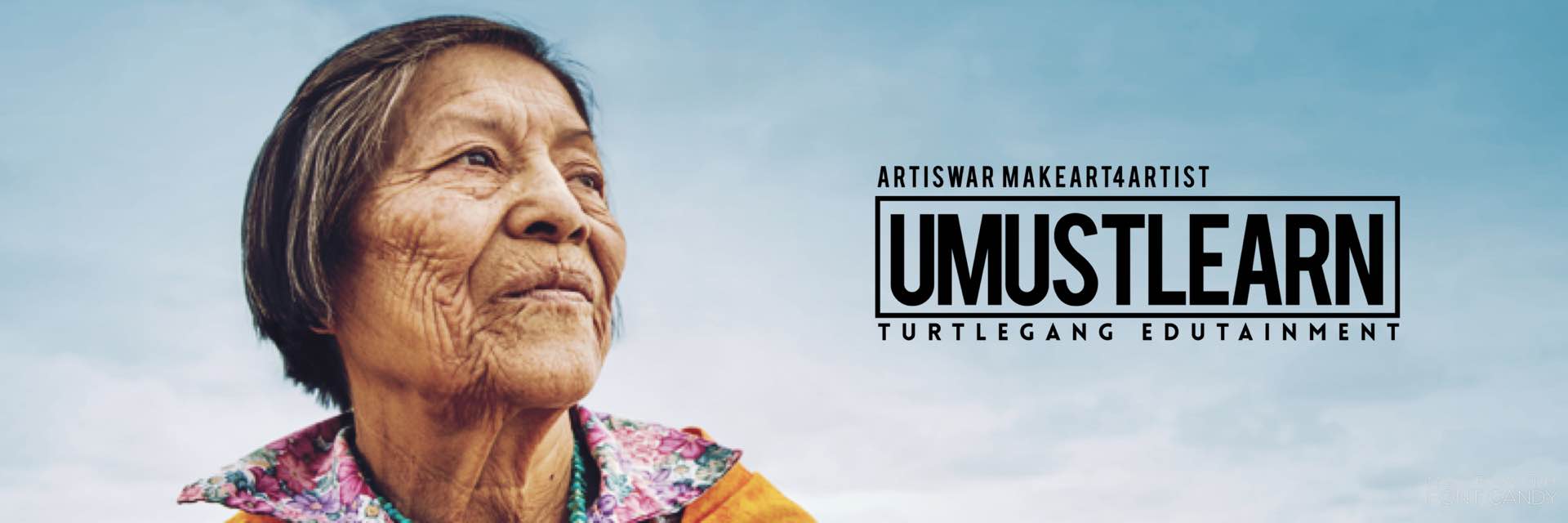
Rainmaker, Lenape /
Munsee |

Winter Flower,
Ramapo |
Many people believe racial and ethnic groups in North America have always lived as separately as they do now. However, segregation was neither practical nor preferable when people who were not native to this continent began arriving here. Europeans needed Indians as guides, trade partners and military allies. They needed Africans to tend their crops and to build an infrastructure.
|

Paw Paw |

Moonfire, Seminole
Paw Paw, Carnarsie |
Later, as the new American government began to thrive, laws were drafted to protect the land and property the colonists had acquired. These laws strengthened the powers of slave owners, limited the rights of free Africans and barred most Indian rights altogether. Today, black, white and red Americans still feel the aftershock of those laws.
|
In order to enforce the new laws, Indians and Africans had to be distinguished from Europeans. Government census takers began visiting Indian communities east of the Mississippi River in the late 1700s and continued their task of identifying, categorizing, and counting individuals and “tribes” well into the 20th century. In the earlier days of this process, Native American communities that were found to be harboring escaped African slaves were threatened with loss of their tribal status, thereby nullifying their treaties with the U.S. government and relinquishing all claims to their land.
|

Reggie Ceasar,
Matinecock |

Eastern Dove, Cherokee
Red Dawn, Cherokee |

Wild Eagle, Narragansett/Wanpanoag |
Despite the restrictions imposed by the U.S. government, Indians and Africans still managed to form close bonds. Some Native American communities ignored the laws and continued to aid fleeing African slaves. Some free Africans aided displaced Indians. Sometimes the two groups came together in “prayer towns” — European communities that welcomed and protected converts to Christianity, regardless of race. Sometimes, Indian women married African men when the number of men in their own communities was decimated by war or natural disaster. Some Native Americans listed themselves as “Negro” or “mixed” in order to retain ownership of their land.
DID YOU KNOW ???
At the time of Columbus, the subcontinent of India was referred to as Hindustan or the Deccan. The European term for indigenous peoples all over the world was “Indians” from the Spanish “In Dios” meaning “God’s people”.
|

Kaiyentowah Rose, Cherokee/Shinnecock |
 |
Some Native Americans refused to sign the census rolls during the 18th and 19th centuries, some refused to register with the Bureau of Indian Affairs or to allow themselves to be “removed” to “Indian Territory” in Oklahoma during the 1800s. As a result, many of their descendants grew up in urban environments instead of on reservations. This isn’t the image of Native American experience most people carry in their heads but, in this part of the country, it is quite prevalent.
|

Yellow Corn,
Cherokee |

Eagle Two Feathers,
Cherokee |
There are no villages tucked away in Suffolk county — or anywhere else, for that matter — where people live in teepees, hunt with bows and arrows and cook over open fires. Our lives reflect the same diversity as any other cultural group in America. We are wealthy, middle class and impoverished. We are educated and ignorant. We are employed and unemployed. We are Americans.
|

Moonfire |

Riccoh Wind Horse, Cherokee/Choctaw |
What sets American Indian cultures apart from many others is our attitude toward life. Simply stated, we believe we were not born ON this Earth, we were born OF this Earth. In other words, the Earth is our mother and we would no sooner mistreat her than you would the woman who raised you. This is the primary ingredient in the cultural glue that holds us all together.
|

Spirit Walker,
Caribe/Siminole |
 |
Hollywood has taught us to associate the facial features you see here with red skin and sweeping Southwestern vistas, yet these people have skin tones that range from coffee to cream and most live in the New York metropolitan area. They are of African descent but they are also Blackfoot, Canarsie, Caribe, Cherokee, Chickasaw, Choctaw, Creek, Lenape, Matinecock, Mohawk, Munsee, Ramapo, Shinnecock, Seminole, Unkechaug, Taino. They have spiritual names in addition to the names that appear on their birth certificates; they dance at powwows wearing full regalia; they have naming ceremonies for their children. Some of them speak indigenous languages, some fast on the full moon in accordance with ancient religious beliefs, and all are extremely proud of their mixed heritage. They embody the intertwining of two of America’s most stalwart and dynamic ethnic communities.
|
 |
 |
DID YOU KNOW ???
The first slaves in the “New World” were Indians. However, colonists found them difficult to contain — they knew the surrounding countryside and those who had not been captured often organized successful rescue efforts. For a time, slave merchants continued to raid Native American communities along the central and southern shores of the Eastern Seaboard and to encourage local warriors to barter captives they would otherwise kill for European trade goods. The women and children the merchants acquired were sold alongside Africans to buyers in the north while the men were shipped to plantations in the Caribbean.
|
 |
“AFRICAN-NATIVE AMERICANS : WE ARE STILL HERE” is based on an exhibit, curated by Ms. Eve Winddancer and with photos by Mr. Louis B. Myers, at the William and Anita Newman Library, 3rd fl.
Eve Winddancer Young is an artist, advocate, and independent producer in NYC.
Louis B. Myers is a Freelance Photographer in NYC. In addition to the current exhibit, he has done two additional ones for the Newman Library, Latino Entrepreneurs in New York City and African American Entrepreneurs in New York City.
|





